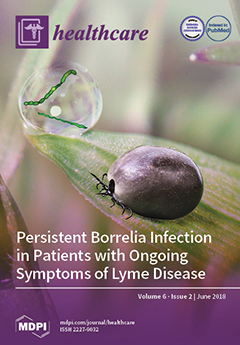Background: Living above the poverty line reduces the risk of physical illnesses, including childhood asthma (CA). Minorities’ Diminished Return theory, however, suggests that the protective effects of socioeconomic status (SES) on health are weaker for racial minorities than White families. It is unknown
[...] Read more.
Background: Living above the poverty line reduces the risk of physical illnesses, including childhood asthma (CA). Minorities’ Diminished Return theory, however, suggests that the protective effects of socioeconomic status (SES) on health are weaker for racial minorities than White families. It is unknown whether the association between SES and CA differs for White and Black families.
Aims: Using a national sample, the current study compared Black and White families for the association between living above the poverty line and CA.
Methods: Data came from the National Survey of Children’s Health (NSCH), 2003–2004, a national telephone survey. A total of 86,537 Black or White families with children (17 years old or younger) were included in the study. This sample was composed of 76,403 White (88.29%) and 10,134 Black (11.71%) families. Family SES (living above the poverty line) was the independent variable. The outcome was CA, reported by the parent. Age, gender, and childhood obesity were the covariates. Race was conceptualized as the moderator. A number of multivariable logistic regressions were used in the pooled sample and specific to each race for data analysis.
Results: In the pooled sample, living above the poverty line was associated with lower odds of CA. An interaction was found between race and living above the poverty line on odds of CA, indicating a smaller association for Black compared to White families. Although race-stratified logistic regressions showed negative associations between living above the poverty line and CA in both White and Black families, the magnitude of this negative association was larger for White than Black families.
Conclusions: The health gain from living above the poverty line may be smaller for Black than White families. Due to the existing Minorities’ Diminished Return, policies that merely reduce the racial gap in SES may not be sufficient in eliminating racial health disparities in the United States. Public policies must go beyond reducing poverty to address structural and environmental risk factors that disproportionately impact Blacks’ health. Policies should help Black families gain health as they gain upward social mobility. As they are more likely to face societal and structural barriers, multi-level interventions are needed for the health promotion of Blacks.
Full article






